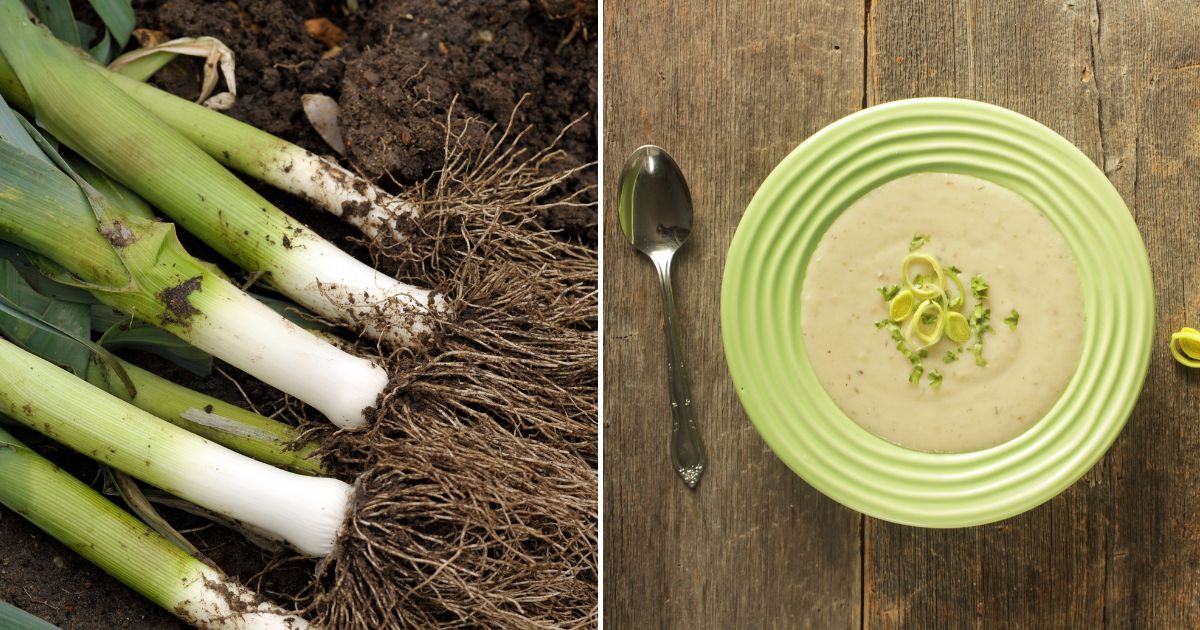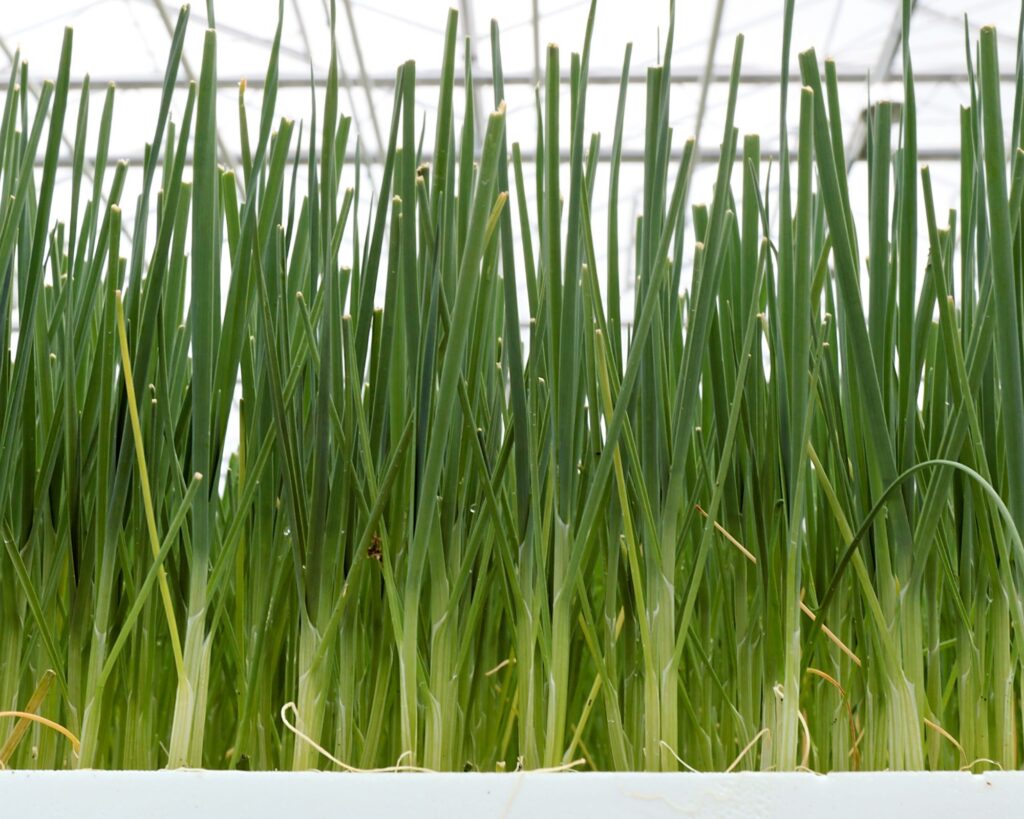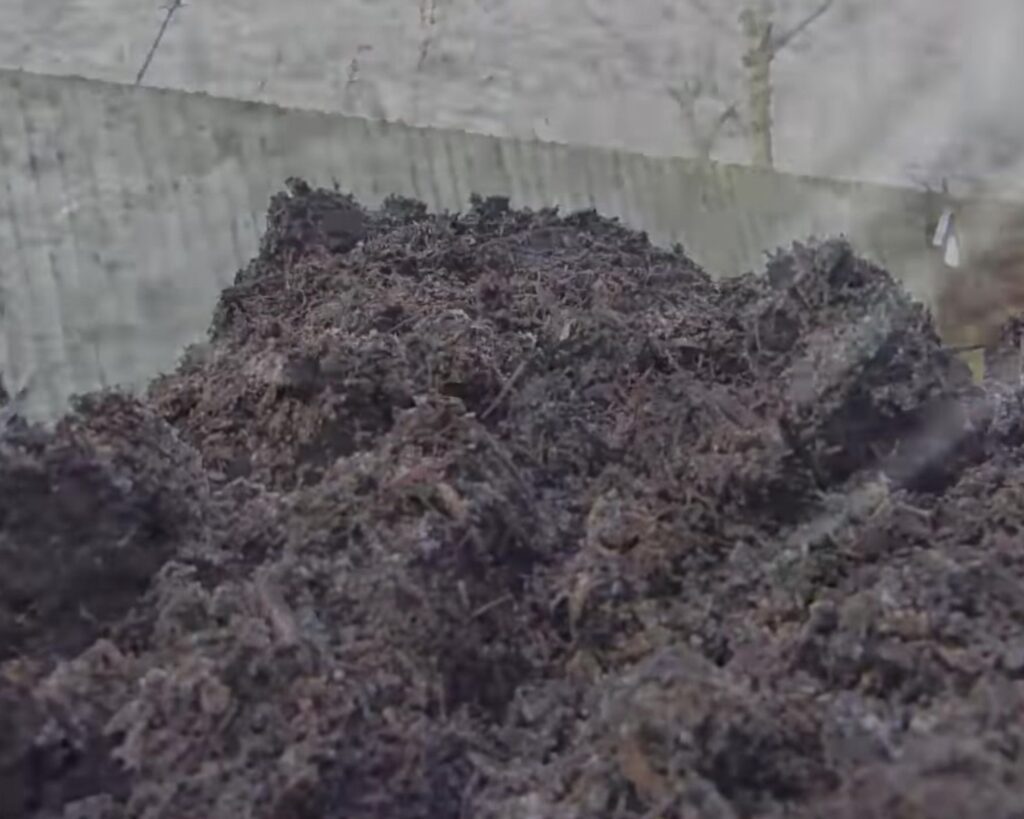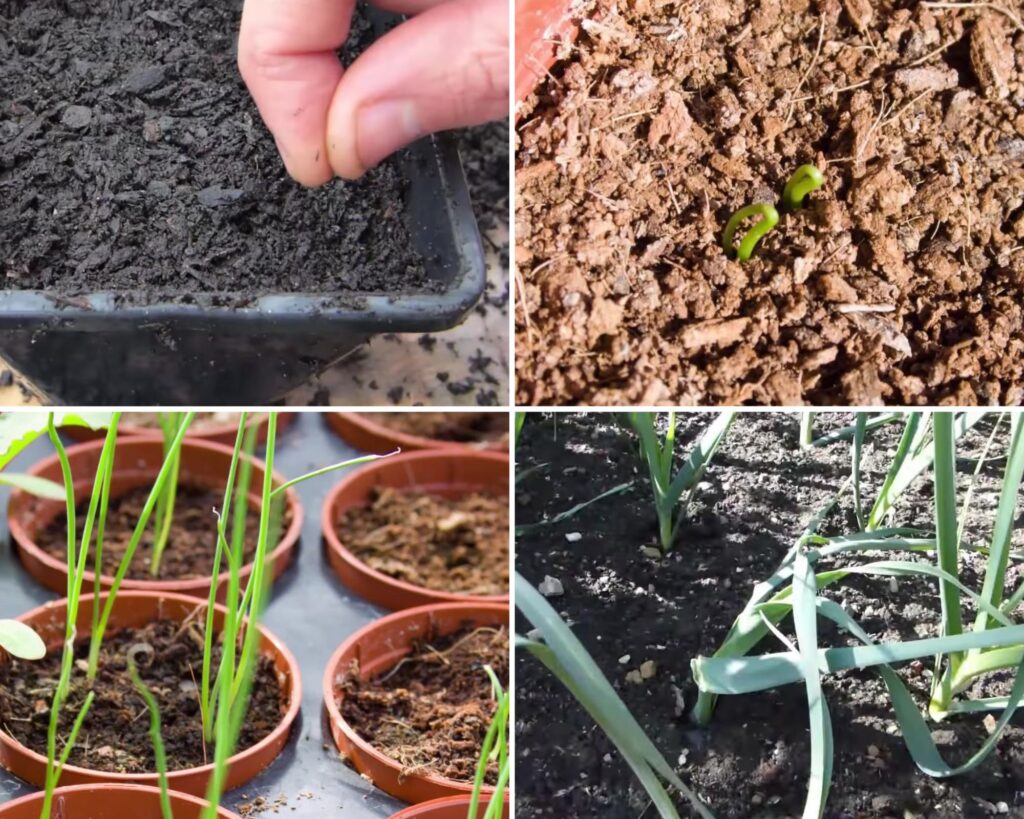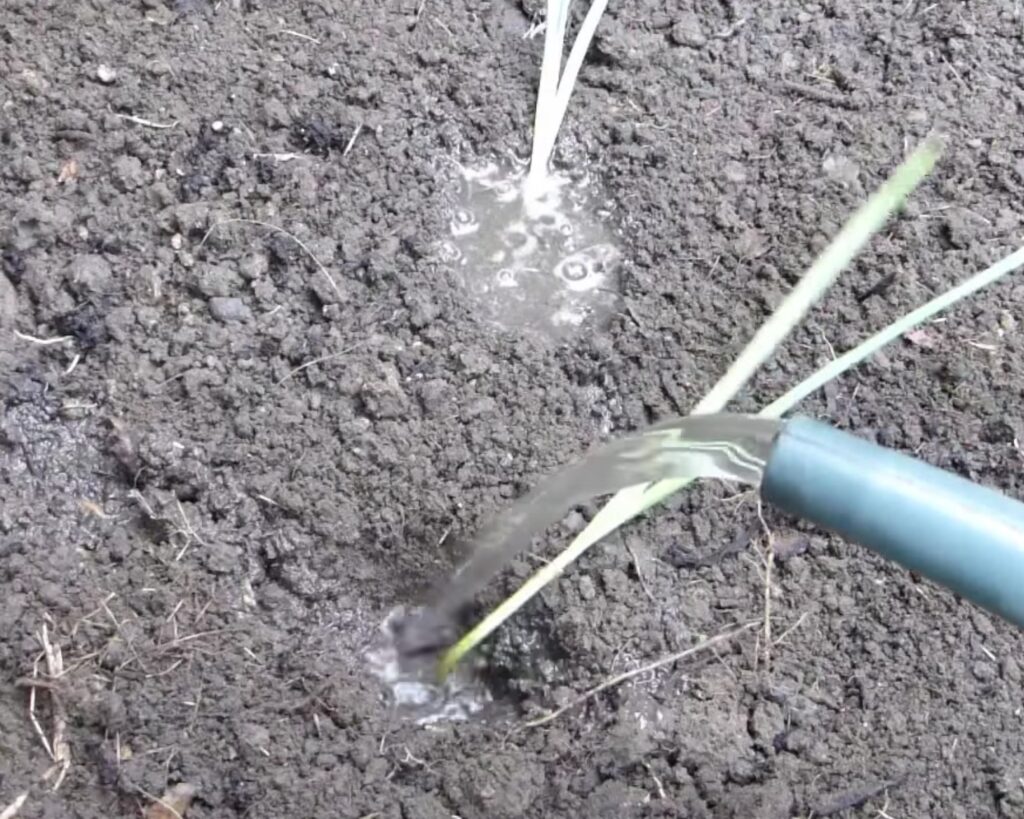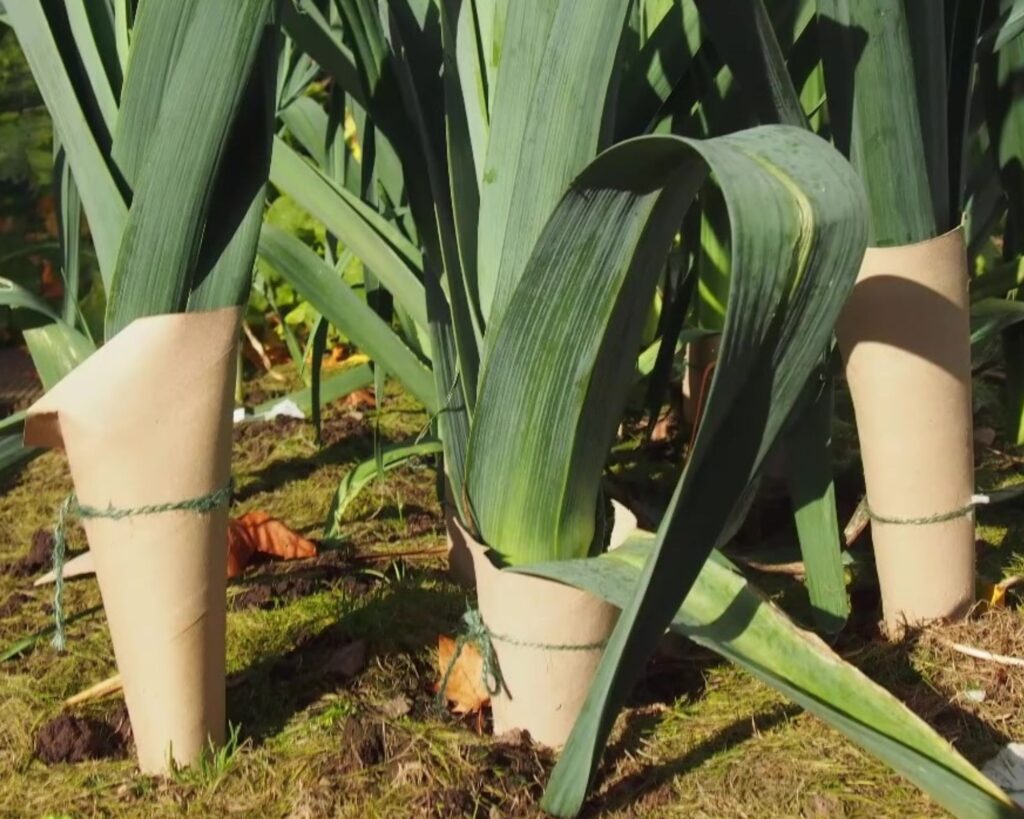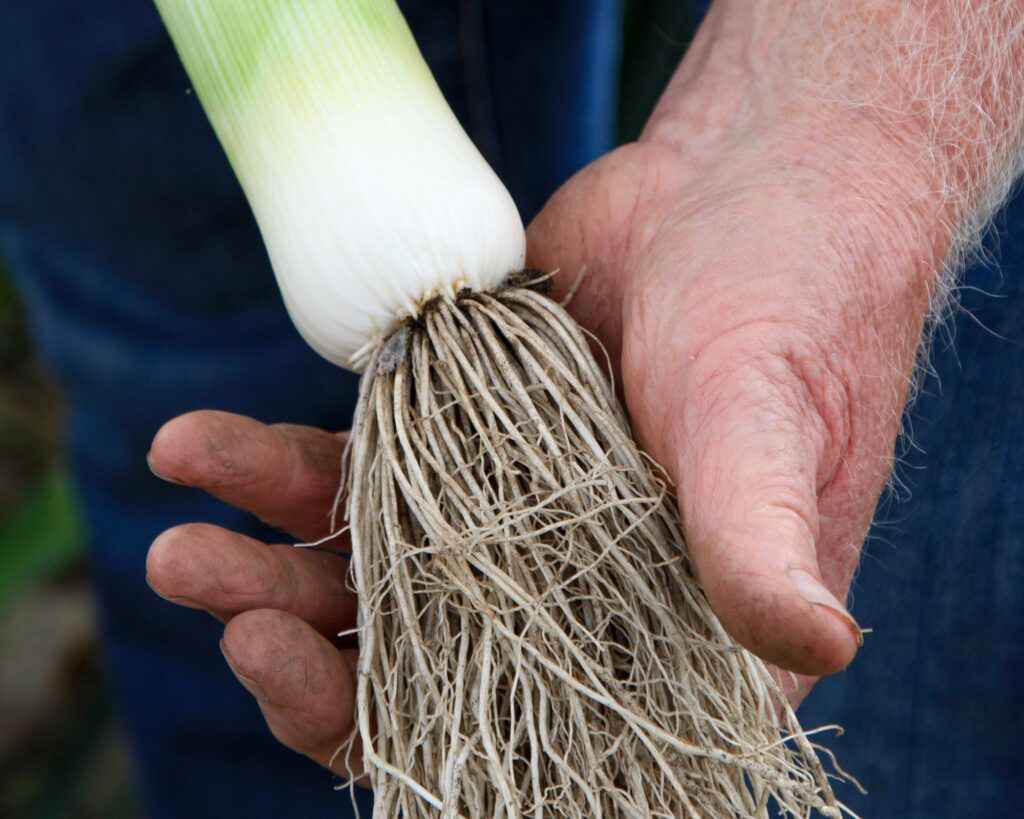Imagine a vegetable that brings the subtle sweetness of onions to your dishes without overwhelming your taste buds – a culinary gem that elevates everything from hearty soups to delicate stews. That’s the magic of leeks!
Part of the Allium family, alongside garlic and onions, leeks are the understated yet versatile star of many kitchens. But here’s the best part: growing your own leeks is easier than you think.
In this guide, you’ll discover exactly how to cultivate this flavorful veggie, ensuring a harvest that will transform your cooking.
Why Grow Leeks?
Leeks are a cool-season crop that can be grown in both spring and fall. They have long white shanks (the edible part) and green leafy tops. Their versatility and ability to withstand cooler temperatures make them a favorite among gardeners.
Some of the key reasons to consider growing leeks include:
1. Low Maintenance: Leeks are relatively easy to grow and don’t require as much attention as some other vegetables.
2. Hardy: They can tolerate cold weather, making them suitable for late-season gardening.
3. Nutritional Benefits: Leeks are rich in vitamins A, C, and K and provide essential minerals like iron and manganese.
4. Flavor: They add a mild, sweet onion flavor to dishes without overpowering other ingredients.
Choosing the Right Variety of Leeks
Before you start planting, it’s important to choose the right variety for your climate and gardening season. There are three main types of leeks:
- Early Season Leeks: These leeks mature quickly and are typically harvested in the summer or early fall. Varieties like ‘King Richard’ are ideal if you want a faster-growing crop.
- Midseason Leeks: These varieties, such as ‘Lancelot’ and ‘Tadorna,’ are harvested in mid-fall and provide larger shanks.
- Late-Season/Winter Leeks: These are the hardiest of the bunch, able to withstand frost and even light snow. Varieties like ‘Bandit’ and ‘Blue Solaise’ are perfect for gardeners in cooler climates looking to extend their growing season into winter.
1. Preparing the Soil
Leeks prefer rich, well-drained soil with plenty of organic matter. Since leeks are heavy feeders, it’s essential to prepare your soil well in advance:
- Soil pH: Aim for a pH between 6.0 and 7.0. You can test your soil’s pH with a simple test kit and adjust accordingly.
- Add Organic Matter: Work compost, well-rotted manure, or leaf mold into the soil. This not only improves soil structure but also provides nutrients for the growing leeks.
- Remove Weeds: Leeks grow best in weed-free environments. Thoroughly remove any weeds before planting, and continue to keep the area weed-free throughout the growing season.
2. Starting Leeks from Seed
Leeks can be grown from seed or transplants. Starting leeks from seed is more economical and gives you access to a broader range of varieties. Here’s how to do it:
- When to Start: For spring leeks, start seeds indoors about 8 to 10 weeks before the last frost date. For fall leeks, start seeds in late spring or early summer.
- Sowing the Seeds: Use seed trays or pots filled with a light, seed-starting mix. Plant seeds about ¼ inch deep and 1 inch apart. Keep the soil moist, but not waterlogged, and ensure that the seedlings receive plenty of light.
- Transplanting: When the seedlings are about 6 to 8 inches tall and the risk of frost has passed, transplant them into the garden. Leeks need plenty of space to grow, so plant them about 6 inches apart in rows that are 12 inches apart.
3. Direct Sowing
If you prefer, you can sow leek seeds directly into the garden. This method works well if you live in a region with a long growing season or are planting leeks for a fall or winter harvest.
- When to Plant: For spring planting, sow seeds directly into the garden as soon as the soil can be worked. For fall planting, sow seeds in late spring or early summer.
- Spacing: Like with transplants, sow seeds about 6 inches apart in rows spaced 12 inches apart.
4. The Trench Method: Planting for Long, White Shanks
One of the most critical aspects of growing leeks is getting a long, white shank. To achieve this, gardeners often use the trench method:
- Digging the Trench: Before transplanting, dig a trench about 6 inches deep. As the leeks grow, you’ll fill in the trench gradually with soil to blanch (whiten) the stems. This method helps to produce long, tender shanks.
- Transplanting into Trenches: Place the seedlings in the trench, burying them up to their first leaf. Water the plants well after transplanting.
5. Watering and Fertilizing Leeks
Leeks need consistent moisture throughout the growing season. Water deeply once or twice a week, ensuring the soil remains moist but not waterlogged. Using mulch can help retain moisture and prevent weeds from taking over.
Since leeks are heavy feeders, they benefit from regular fertilization. Side-dress the plants with compost or a balanced fertilizer every few weeks during the growing season.
6. Hill the Leeks
As your leeks grow, gradually fill in the trench with soil to blanch the stems. This hilling process will help extend the white part of the shank, which is the most desirable part of the leek for cooking. Be careful not to get soil into the leaves, as it can be difficult to wash out later.
7. Pest and Disease Control
Leeks are relatively pest-resistant, but they can still fall victim to a few common issues:
- Leek Moth: This pest can damage the leaves, leading to stunted growth. Keep an eye out for small holes in the leaves and use floating row covers to protect your plants.
- Onion Fly: The larvae of onion flies can burrow into leek bulbs and stems, causing wilting and eventual death. Floating row covers and crop rotation can help prevent infestations.
- Rust: Leek rust is a fungal disease that causes orange pustules on the leaves. If you spot rust on your leeks, remove the affected leaves and destroy them. Avoid overhead watering, as this can exacerbate the problem.
8. Harvesting Leeks
Leeks are ready to harvest when the shank reaches about 1 inch in diameter, but you can harvest smaller leeks earlier if you prefer a milder flavor.
- How to Harvest: Use a garden fork to carefully lift the leeks from the soil. Be gentle, as the roots can be delicate, and you don’t want to damage the plant. If the soil is very compact, you may need to loosen it with a spade before pulling the leeks.
- Storing Leeks: Freshly harvested leeks can be stored in the refrigerator for up to two weeks. You can also blanch and freeze them for longer storage.
9. Companion Planting for Leeks
Leeks make excellent companions for a variety of garden plants. Here are a few examples of beneficial companions:
- Carrots: Leeks and carrots help protect each other from pests. Carrots repel leek moths, while leeks deter carrot flies.
- Celery: Leeks and celery enjoy similar growing conditions and benefit from each other’s root structures, which help retain moisture.
- Beets: These two vegetables thrive when grown together, as they don’t compete for the same nutrients.
Avoid planting leeks near beans or peas, as they don’t grow well together.
